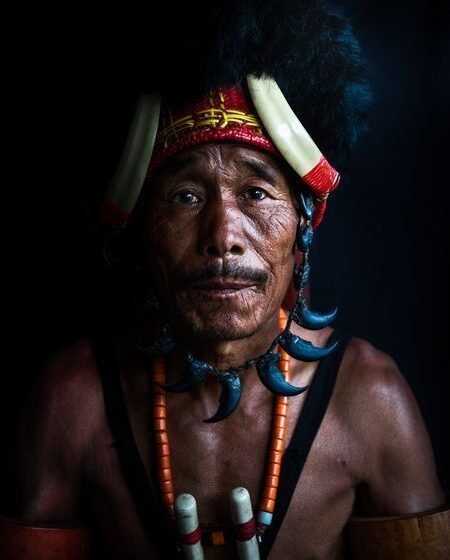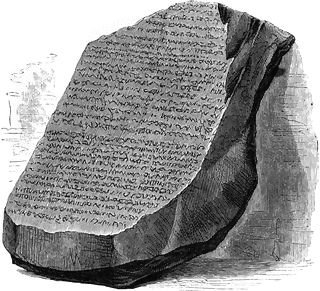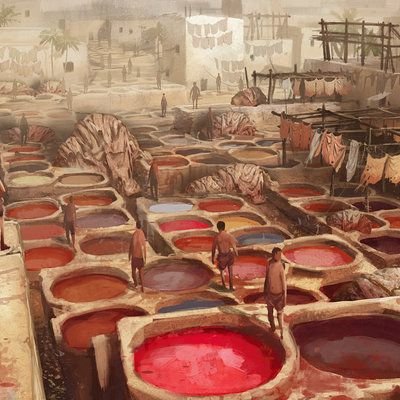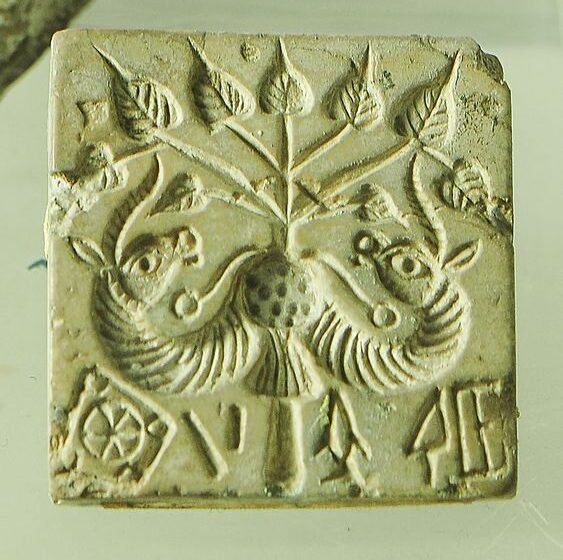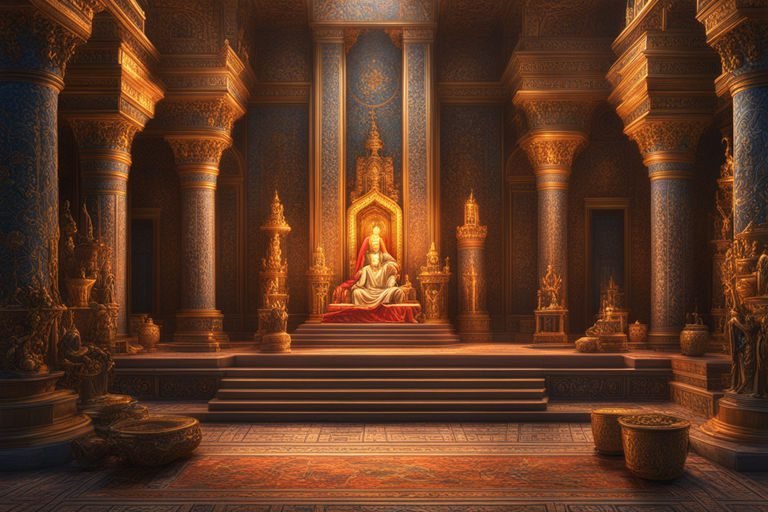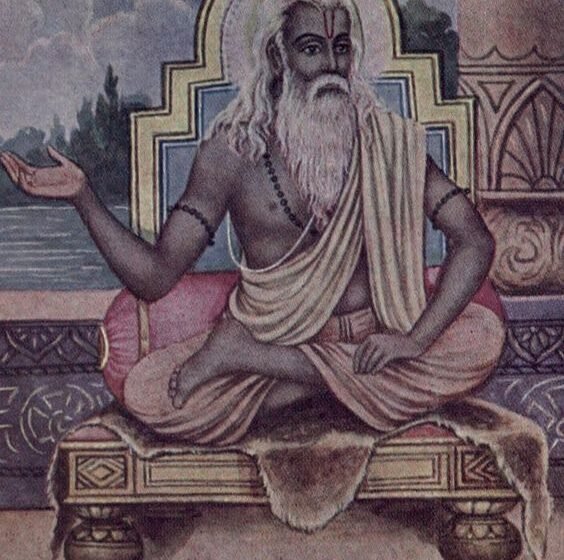Naga Tribes: History,Cultural Traditions and the Struggles
The Naga tribe, located in the northeastern region of India, has a rich culture and heritage that has marks of tradition as well as resilience. The Naga people are spread amongst the hills and dense forest of Nagaland and its neighboring states. They have been living here since ages and have went on to form […]Read More
